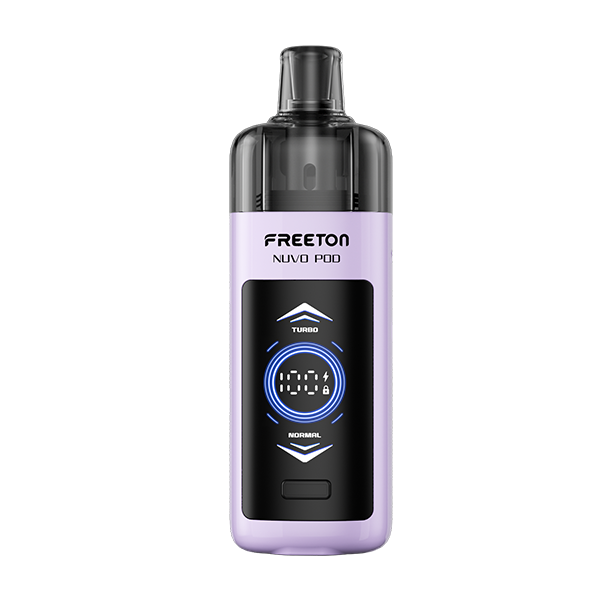
What Environmental Impact Do Disposable Electronic Cigarettes Have, and How Can It Be Minimized?
Disposable electronic cigarettes, commonly known as e-cigarettes or vapes, have transformed the smoking landscape. These devices, designed for one-time use, offer a portable and convenient way for smokers to consume nicotine without the harmful effects of traditional tobacco. In this section, we will delve into the definition and significance of disposable electronic cigarettes, shedding light […]
Disposable electronic cigarettes, commonly known as e-cigarettes or vapes, have transformed the smoking landscape. These devices, designed for one-time use, offer a portable and convenient way for smokers to consume nicotine without the harmful effects of traditional tobacco. In this section, we will delve into the definition and significance of disposable electronic cigarettes, shedding light on their growing popularity and widespread use in recent years.
Definition and Explanation of Disposable Electronic Cigarettes: Disposable electronic cigarettes are compact, battery-powered devices that vaporize a liquid solution (e-liquid) to create an inhalable aerosol. Unlike traditional cigarettes, these devices do not involve combustion, eliminating harmful tar and many carcinogens. Disposable e-cigarettes come pre-filled with e-liquid and are designed for single-use, making them a convenient and accessible alternative for smokers.
Popularity and Widespread Use: In recent years, the popularity of disposable electronic cigarettes has surged, driven by factors such as increased awareness of health risks associated with traditional smoking and the desire for a more socially acceptable way to consume nicotine. Their ease of use, availability in various flavors, and reduced odor have contributed to their widespread adoption among both novice and experienced smokers.

Environmental Impact of Disposable Electronic Cigarettes
Disposable electronic cigarettes, while offering a less harmful alternative to traditional smoking, present environmental challenges due to their components and disposal methods. This section examines the environmental impact of disposable e-cigarettes, focusing on the components, improper disposal, and resulting hazards.
Examination of E-Cigarette Components: Disposable e-cigarettes consist of batteries, cartridges containing e-liquid, and packaging materials. Batteries often contain hazardous chemicals, while cartridges are made of plastic and metal. The combination of these materials poses challenges in recycling and safe disposal.
Environmental Hazards of Improper Disposal: Improper disposal of e-cigarette waste, including tossing used devices in regular trash bins, contributes to pollution and poses environmental hazards. The hazardous components, if not handled correctly, can leach into the soil and water, harming ecosystems and wildlife.
Pollution and Waste Generation
The proliferation of disposable electronic cigarettes, while providing a potential harm reduction option for smokers, has also given rise to significant concerns regarding pollution and waste generation. This section delves into the environmental repercussions of e-cigarette usage, exploring the pollution caused by e-cigarette litter and analyzing the impact of e-cigarette waste on landfills and aquatic environments.
Pollution Caused by E-Cigarette Litter:
E-cigarette litter, including discarded plastic cartridges, batteries, and packaging materials, poses a substantial pollution threat. Plastic waste from e-cigarettes can persist in the environment for decades, disrupting natural ecosystems and endangering wildlife. Additionally, the toxic substances present in e-cigarettes, such as heavy metals and nicotine residues, further compound the environmental hazards, making proper disposal crucial to prevent contamination.
Impact on Landfills and Aquatic Environments:
The disposal of e-cigarette waste in landfills exacerbates the burden of electronic waste. The hazardous chemicals in e-cigarette batteries can seep into the soil and groundwater, contaminating local ecosystems and potentially reaching human populations. Improper disposal near water bodies leads to aquatic pollution, adversely affecting aquatic life and disrupting the delicate balance of aquatic environments. Addressing the growing issue of e-cigarette waste in both landfills and aquatic environments is vital to mitigate long-term environmental damage.
Toxic Substances in E-Cigarette Waste:
E-cigarette waste contains a myriad of toxic substances, including heavy metals, lithium-ion batteries, and residual nicotine. When these materials leach into the environment, they can contaminate soil and water, posing serious health risks to plants, animals, and humans. Proper disposal methods are essential to prevent these toxic substances from infiltrating the natural environment and jeopardizing the health of living organisms.
Microplastics and Environmental Contamination:
Microplastics, tiny particles resulting from the breakdown of plastic waste, are a growing concern in environmental pollution. E-cigarette components, particularly the plastic cartridges, contribute to the generation of microplastics. These microplastics can enter the food chain, affecting aquatic organisms and, eventually, humans. Minimizing plastic usage in e-cigarette design and promoting responsible disposal practices are crucial steps toward reducing the generation of microplastics and environmental contamination.
Responsibility of Users and Manufacturers:
Users play a significant role in minimizing pollution and waste generation related to disposable electronic cigarettes. Proper disposal, such as recycling e-cigarette components, not only prevents pollution but also ensures that hazardous materials are handled responsibly. Manufacturers, on the other hand, bear the responsibility of designing products with recyclable materials, reducing single-use plastics, and initiating take-back programs to facilitate safe disposal. Collaboration between users, manufacturers, and policymakers is essential to implement effective strategies that alleviate the environmental impact of disposable electronic cigarettes.
Addressing the pollution and waste generation associated with disposable electronic cigarettes necessitates a multifaceted approach, encompassing responsible user behavior, eco-friendly product design, and stringent regulatory measures. By collectively acknowledging and addressing these challenges, we can work towards a more sustainable future, safeguarding our environment from the adverse effects of e-cigarette pollution and waste.
Air Quality and Emissions
Air Pollutants from Production and Disposal: E-cigarette production and disposal processes release air pollutants. These emissions, though lower than traditional cigarettes, still contribute to air pollution. Chemicals used in e-liquid production and battery manufacturing can have adverse effects on air quality, necessitating thorough research and regulation.
Comparison with Traditional Cigarette Smoke: Comparative studies between e-cigarette emissions and traditional cigarette smoke highlight the lower levels of harmful substances in e-cigarette vapor. However, even reduced emissions impact air quality, making it vital to address this issue in the pursuit of cleaner environments.

Minimizing the Environmental Impact
Recycling E-Cigarette Components: Developing recycling programs for e-cigarette components, particularly batteries and cartridges, can significantly reduce environmental impact. Proper recycling ensures hazardous materials are disposed of safely, preventing soil and water contamination.
Promotion of Eco-Friendly Design and Packaging: Manufacturers can contribute by designing eco-friendly disposable e-cigarettes. Utilizing recyclable materials, reducing plastic use, and employing sustainable production practices can mitigate environmental damage. Likewise, eco-friendly packaging reduces waste and supports a cleaner environment.
Encouraging Responsible Disposal Practices: Raising awareness among users about responsible disposal practices is crucial. Education campaigns can inform users about designated e-cigarette recycling centers and the importance of not littering. Encouraging users to return used devices to manufacturers for safe disposal can further minimize environmental harm.
Conclusion and Recommendations
In conclusion, addressing the environmental impact of disposable electronic cigarettes is imperative for sustainable practices. The rising popularity of these devices demands immediate action from policymakers, manufacturers, and users. By implementing recycling programs, promoting eco-friendly design, and fostering responsible disposal habits, the adverse effects on the environment can be significantly reduced.
Recommendations:
- Policy Changes:Policymakers should enforce regulations on e-cigarette waste management, including proper disposal methods and recycling initiatives.
- Manufacturer Responsibility:Manufacturers should prioritize eco-friendly designs, minimize plastic use, and establish efficient recycling programs for their products.
- User Education:Users must be educated about the environmental impact of e-cigarette waste and encouraged to participate in recycling and proper disposal initiatives.
By collectively embracing these recommendations, we can work towards a cleaner, healthier environment while continuing to offer smokers a safer alternative through disposable electronic cigarettes.































